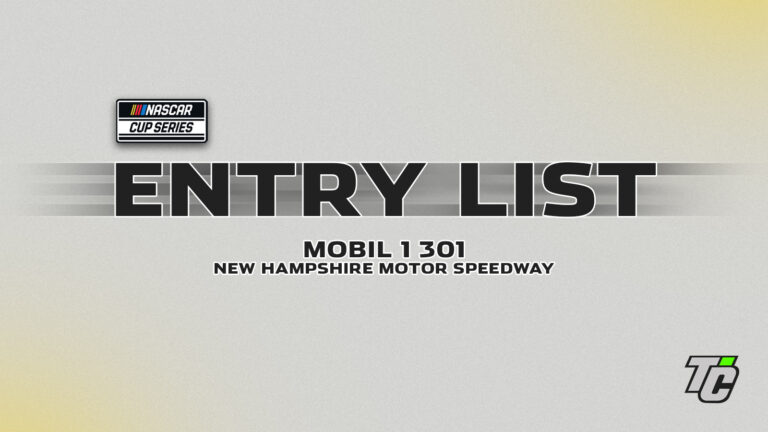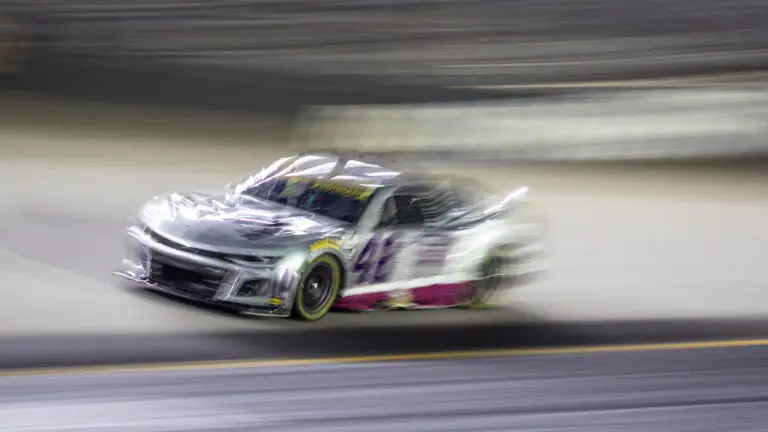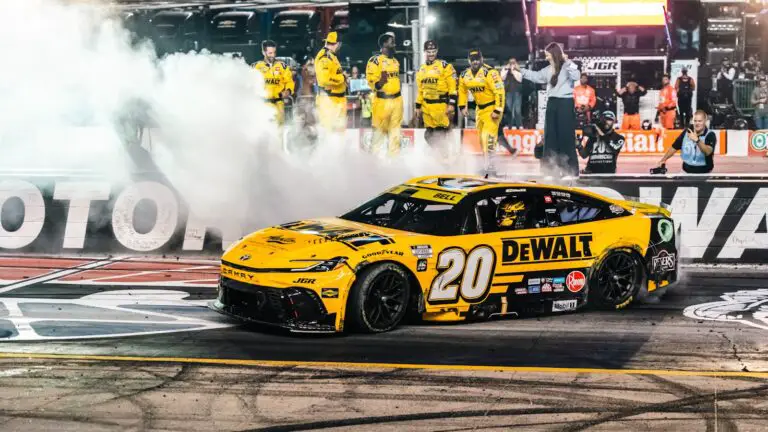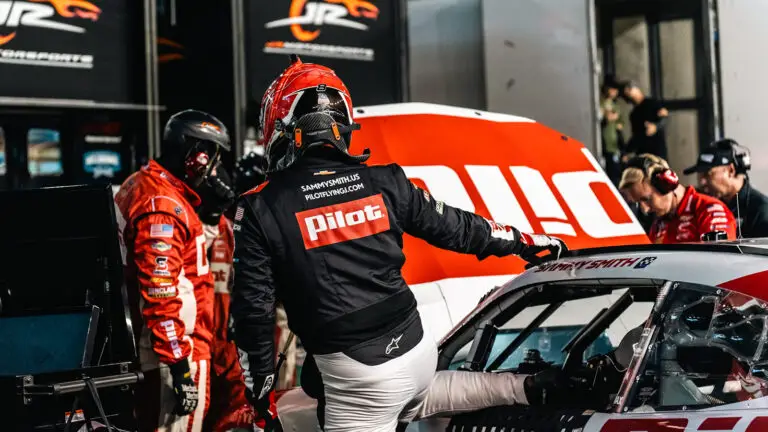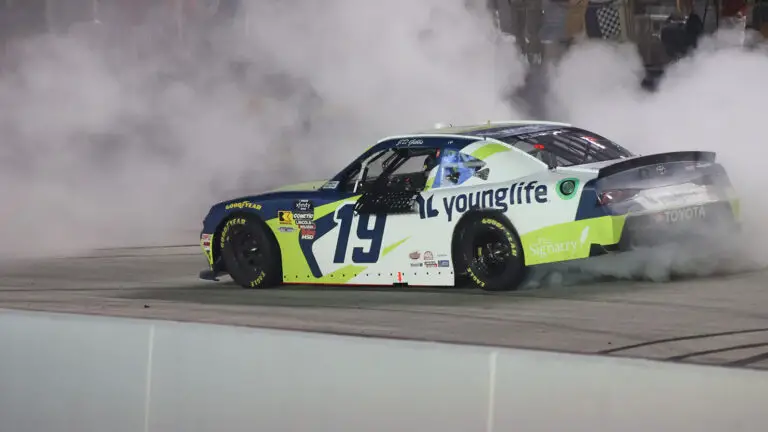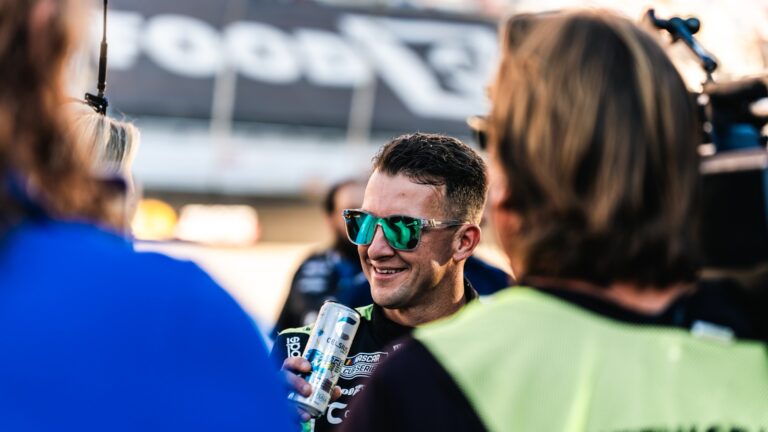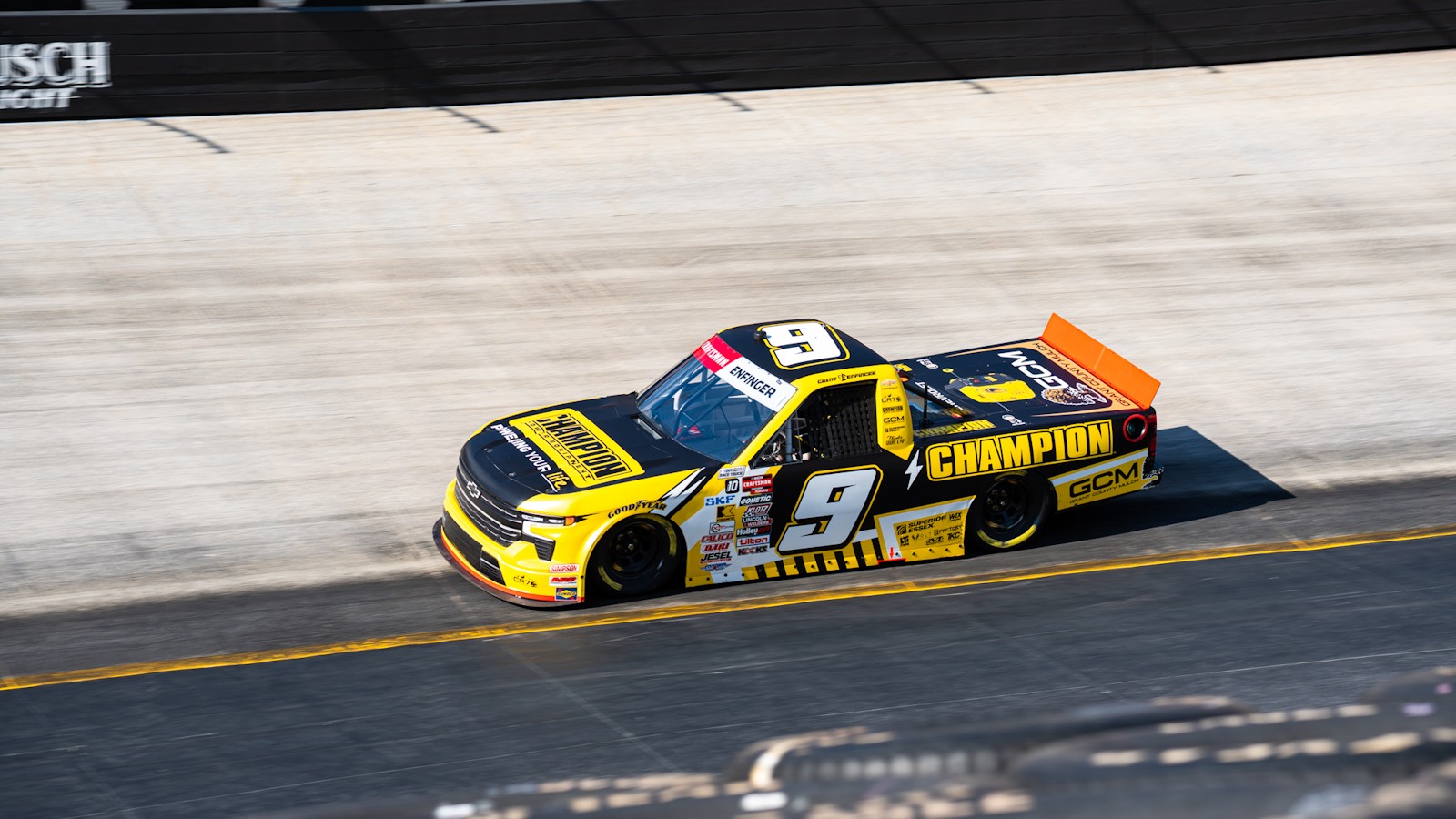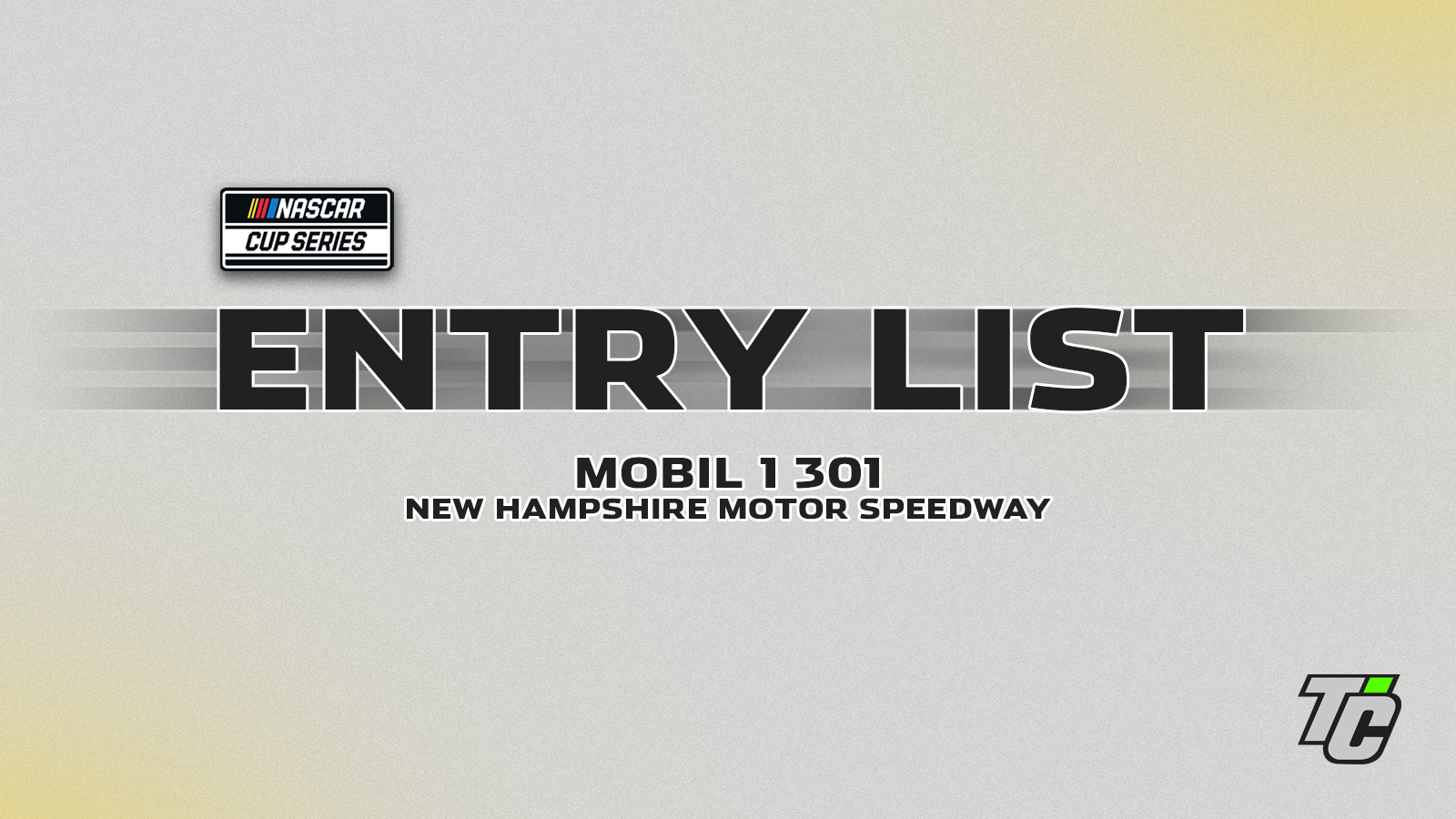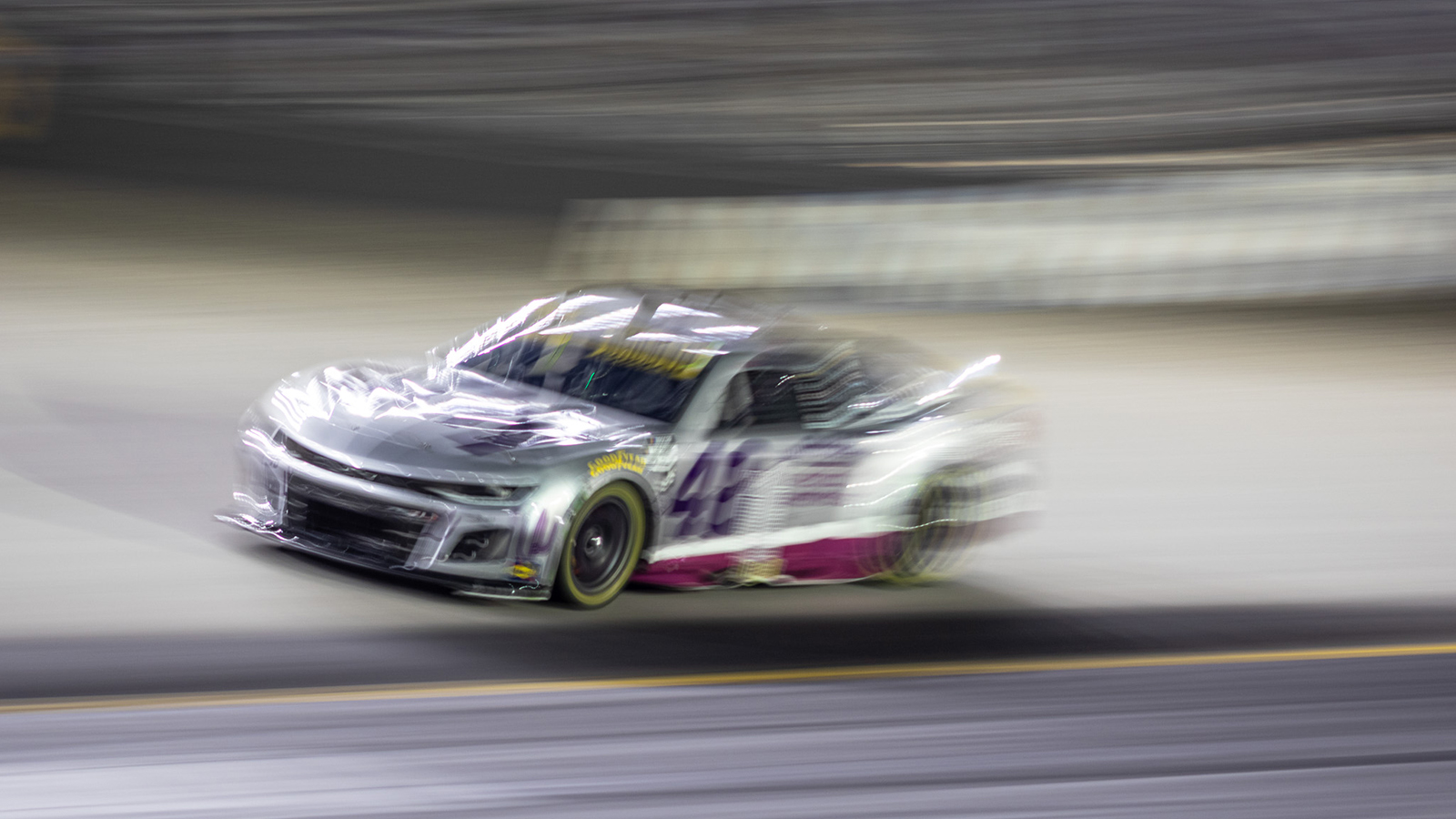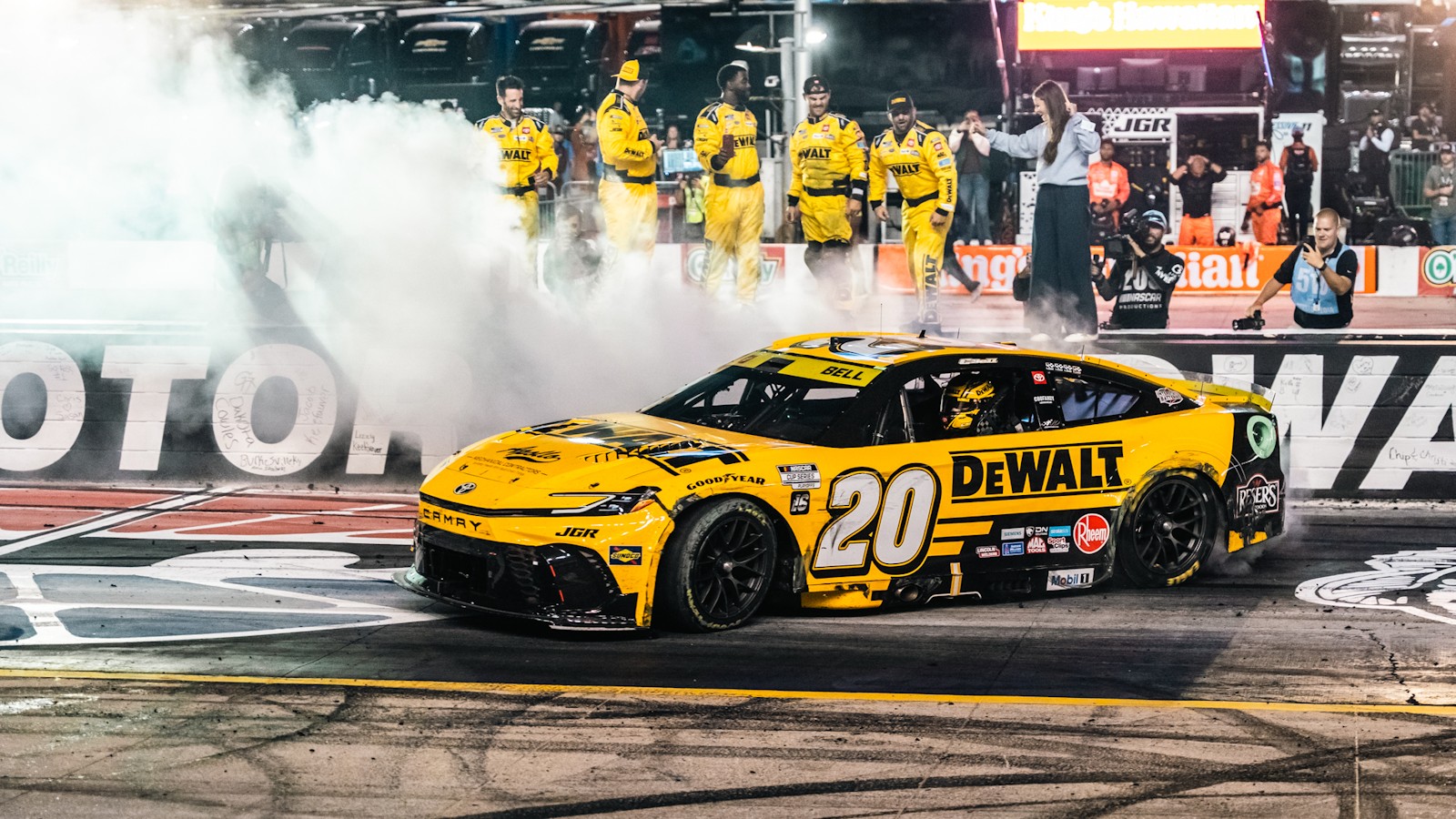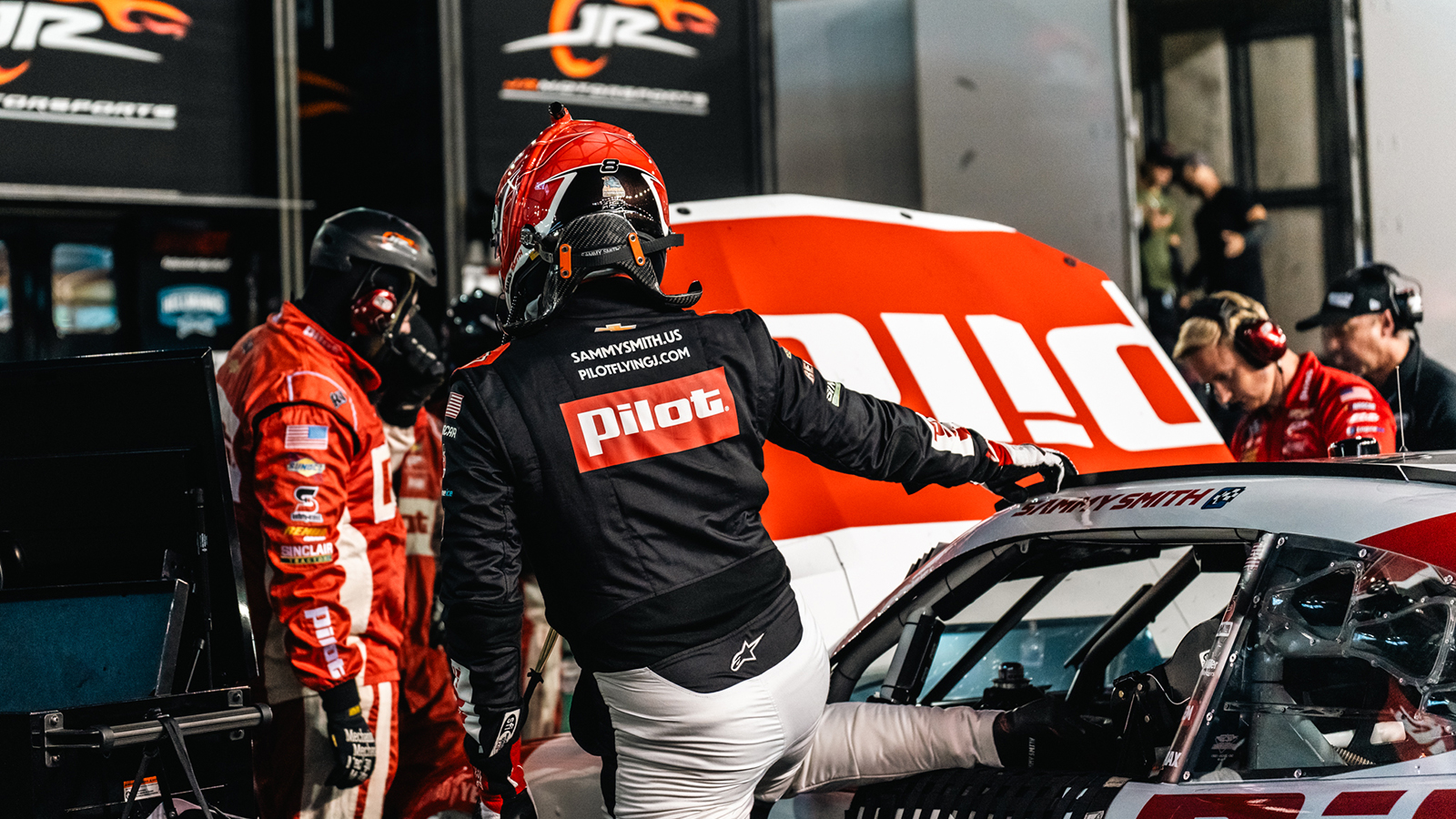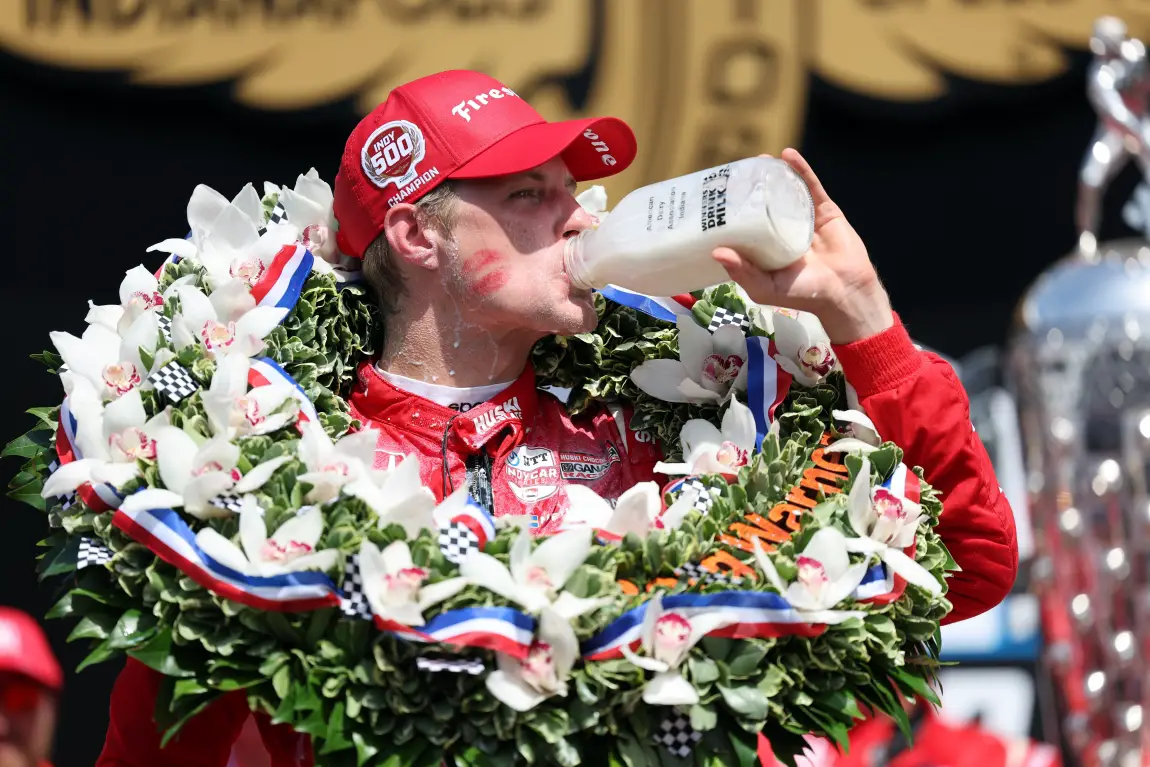
“Not bad for a pay driver.”
Those words by Marcus Ericsson continue to reverberate days after winning last Sunday’s 106th Running of the Indianapolis 500.
The signature drive by the 31-year-old Swede represented so much more, though, with a burst of emotion in Victory Lane while drinking the winner’s milk extinguishing his former legend.
From the depths of driving for Formula 1 teams with little likelihood of scoring points, let alone competing for wins and podiums, Ericsson endured for nearly 100 Grands Prix (97, to be exact).
“It’s been tough,” recalled Ericsson. “I did five years in Formula 1, almost a hundred Grands Prix, running for small teams, towards the back most of it. You don’t get a lot of credit running in the back in Formula 1. People think you are not very good.
“I came over here, and people probably didn’t think much of that. I had to work my way here as well, learning American racing. Moved here, put my whole life into trying to become an IndyCar and mainly Indianapolis 500 champion.”
The initial transition to the NTT IndyCar Series was far from easy. He was cast out by Schmidt Peterson Motorsports (now Arrow McLaren SP) at the end of his rookie campaign in 2019, despite showing flashes of pace that included a runner-up finish in his eighth start.
Then came the transition to Chip Ganassi Racing in 2020, where racing, for the most part, happened behind close doors. A trio of top fives and 12th in the championship standings showed progressive consistency, but little thought he would move the needle in North America’s premier open-wheel championship.
A twist in the narrative started developing last year when Ericsson rattled off two wins, with the latter happening in the unlikeliest of ways after getting airborne on the Streets of Nashville. Once again, he showed improvements with finishing in the front half of the grid on a regular basis. In fact, he finished nine of the last 10 races in the top 10 en route to sixth in the title race.
Even with the steady growth, the sentiment by many was to find reasons as to why to discount the often quiet and reserved Ericsson. After all, he is teammates with six-time IndyCar champion Scott Dixon and reigning series titlist Alex Palou.
It could be said at this year’s edition of “The Greatest Spectacle in Racing” he was overlooked for a potential glory run as part of a CGR’s five-car armada that also featured seven-time NASCAR Cup Series champion Jimmie Johnson – making his first-ever start in the 500 – and 2013 winner Tony Kanaan. A solid case could be made as to why that was, especially when noting Ericsson had never placed in the top 10 in three previous ‘500’ starts.
The reality is last Sunday’s performance was a coming of age for Ericsson.
There was pace and timing, but perhaps most key of all was his resiliency.
Dixon was dominant, but suffered late with a pit road speeding penalty that negated hopes of adding to his 2008 win at the Brickyard. Palou featured at the front early, but was undone by an ill-timed caution and only recovered to ninth. Kanaan came on strong late, but was left settling for third. Johnson struggled with pace and slowly faded from the drop of the green flag.
Then there was Ericsson, who magically worked in- and out-laps during the final pit stop and weave through traffic to put the No. 8 CGR Honda at the front. In fact, he was more than 3s ahead – the biggest by any leader at any point in the race – of Pato O’Ward when Johnson crashed with five laps to go.
There was no coasting to victory under the yellow. Instead, a red flag that last 12 minutes to ensure a two-lap fight to the finish.
No matter.
Ericsson was already prepared after talking with team advisor and three-time Indy 500 winner Dario Franchitti the night before. He also studied Simon Pagenaud’s defensive tactics that help win the 2019 Indy 500. And Ericsson maximized both lessons to secure the third – and biggest – win of his IndyCar career.
“It feels good to show that hard works pay off,” he said.
Indeed it does, and it has as the double-points victory also elevated Ericsson to the top of the IndyCar championship standings entering this weekend’s round at Belle Isle, the same place he scored his maiden win in the series in 2021.
The former legend of Ericsson was built on the mercy of money for team development in F1. There was no chance to fight on level terms with the likes of Lewis Hamilton or Sebastian Vettel.
In IndyCar, he has created a new legend and it came by being on equal terms and winning against the best in the business, and now holds a place in racing immortality.
He still remains quiet, unassuming and reserved. But people should remember another version, the one he becomes when he closes the visor: Hard-working. Resilient. Winner.
“Yeah, winning the Indy 500, it’s not bad for a pay driver, so it’s good.”



